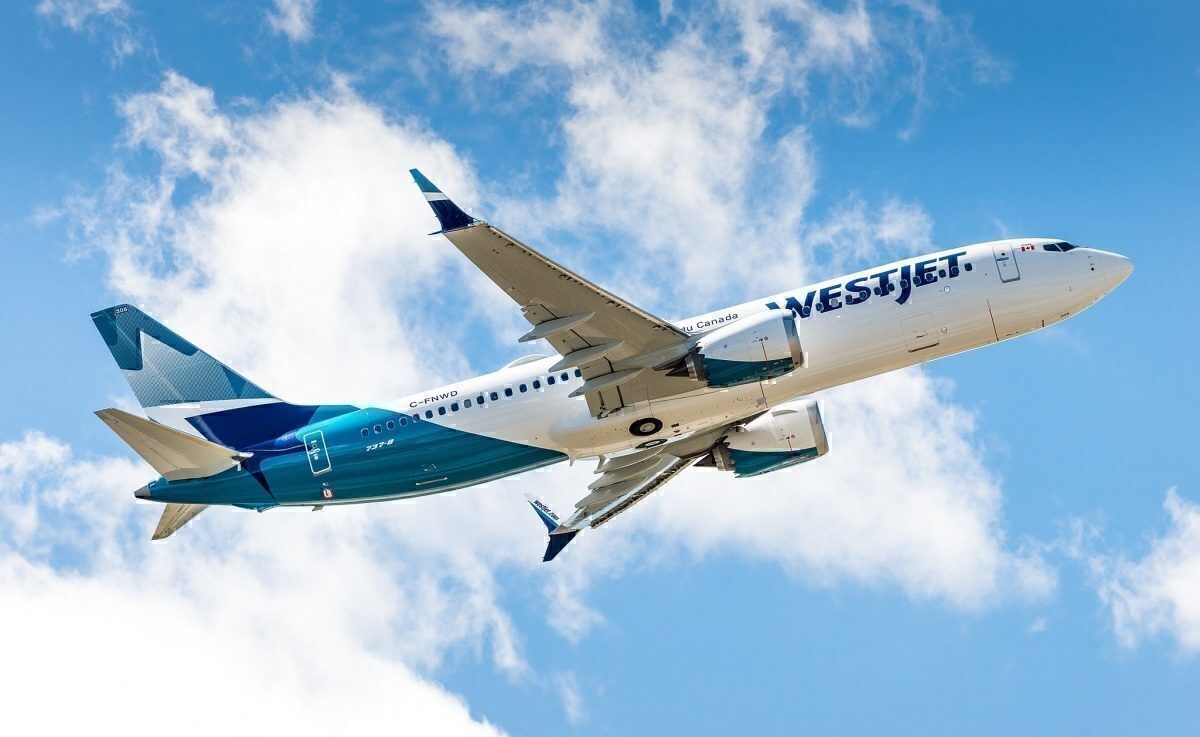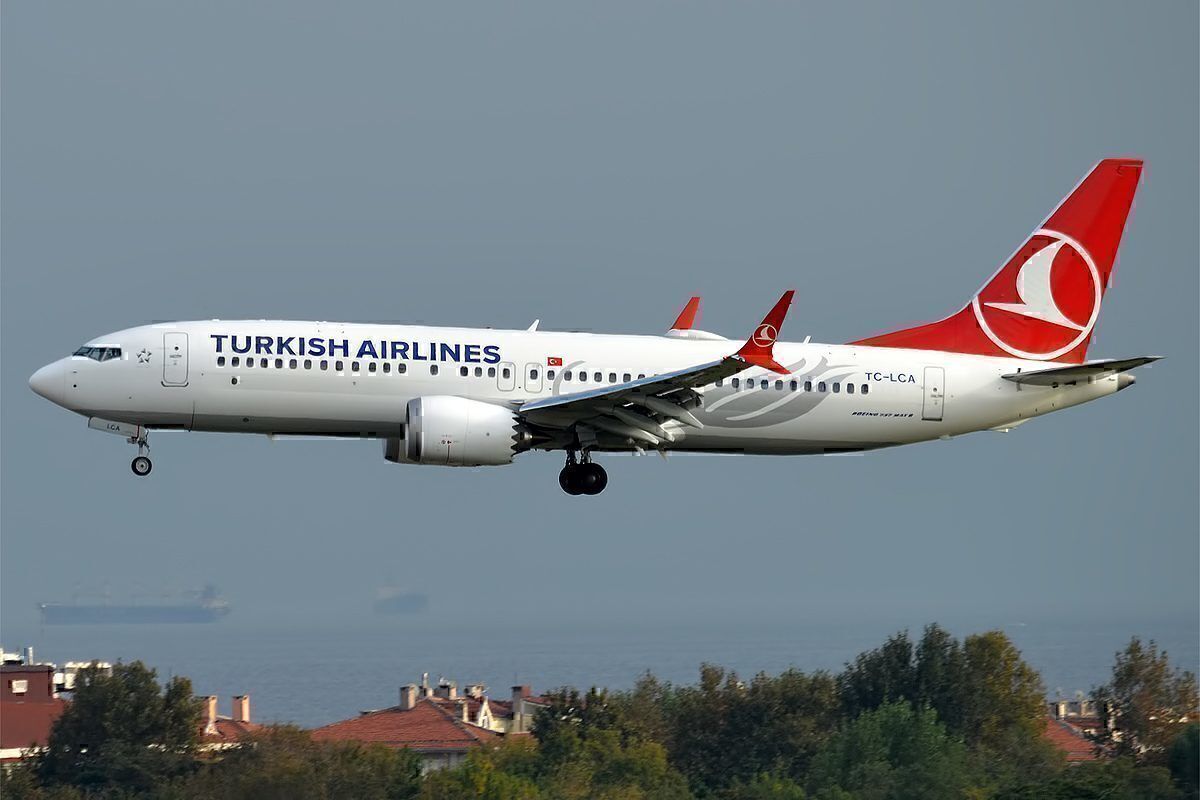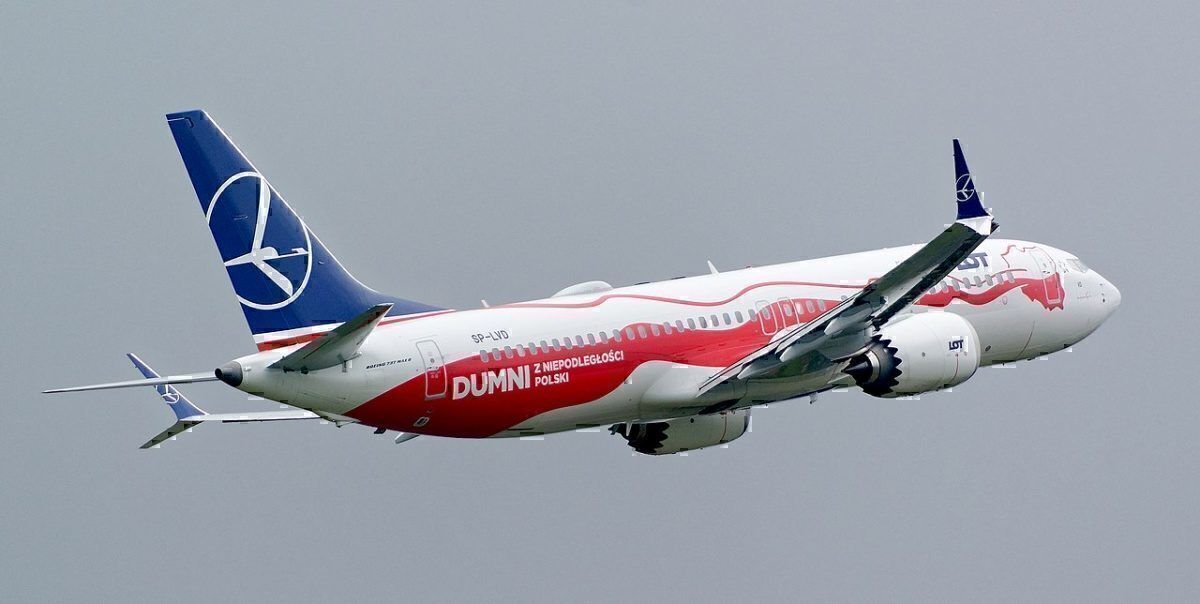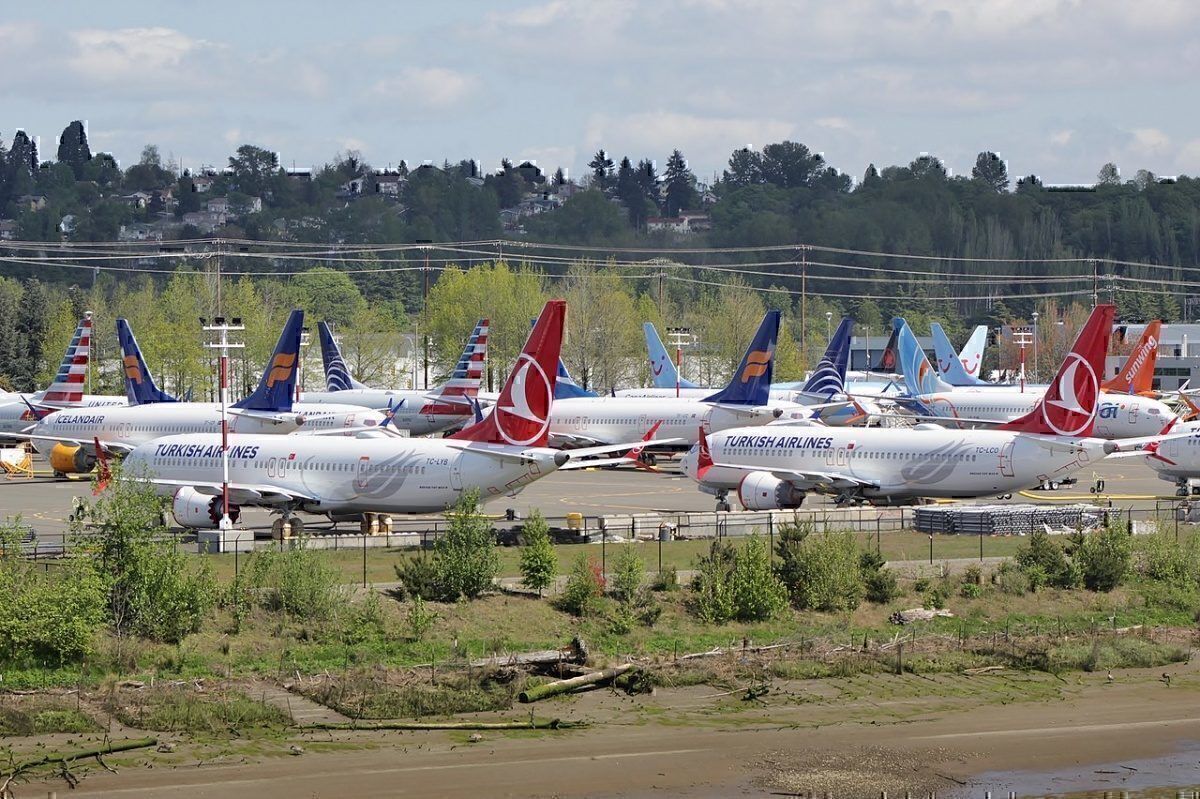As the 737 MAX groundings continue into the summer, Boeing and international regulators are working tirelessly to resolve the issues facing the jets. As reported in the Seattle Times, Boeing and the Federal Aviation Administration may be redesigning the 737s flight controls. Here we explore the 737's flight control architecture and the changes which are said to be coming.
The 737's traditional flight controls
The 737 is, at its core, an old plane. Originally designed in the late 1960s, and reiterated in the 80s and 90s, the aircraft architecture places importance on pilot input.
According to former Boeing engineer Peter Lemme's blog, the Next Generation model of aircraft utilizes two independent CPUs. At any one time, however, only one of these two CPUs can provide a valid command.
In autopilot, both CPUs are engaged to ensure no processing errors. Should any mixed signals occur, any one of the two CPUs can disengage the autopilot.
Although unconfirmed, Lemme indicates that secondary CPU may not stop the primary CPU's command for the Mach trim, Speed trim, and possibly the MCAS. He adds that if the secondary CPU uses the same sensor data as the primary CPU, both CPUs may make calculations based on incorrect data.
Unlike other Boeing aircraft, however, the 737 may also use the flight computer to augment pitch axis during manual flight. This means that, should both CPUs calculate on false data, flying manually would still make use of some of the computerized flight controls.
The two-computer solution
According to the AP, the use of two computers is aimed at fixing an issue brought up by the FAA earlier in the summer. This was when regulators found that human pilots were unable to satisfactorily maintain control of the aircraft in the event of a computer malfunction.
The malfunction in question occurred when the microprocessors randomly flip 1s and 0s due to high levels of cosmic rays.
Under the new proposed system, the two flight computers would be used to activate automated flight controls instead of just one of the computers. Moreover, each computer would use data inputs from an independent set of sensors.
Lemme told the Seattle Times that the new system would create a "fail-safe" two-channel system, adding that "this is a really good solution".
Based on the schematics of the previous generation of 737, the NG, the new solution could rectify a possible issue with the old architecture. Essentially, this would ensure that the computers operate independently and continuously check one another, as well as the data inputs feeding them.
The time-frame
Boeing told the AP that it expects to present the software changes to the FAA by September and hopes to have the MAX back in the sky by October. The software fix is, however, only one the necessary fixes to the troubled MAX, the other being the MCAS system.
According to the AP, Boeing may have finished fixing the latter issue by limiting the system's ability to push the nose down. As well as this, the manufacturer is mandating the use of both angle of attack sensors, instead of relying on just one.
With airlines canceling MAX flights all the way into January 2020, one can only ponder when the aircraft will take back to the skies. What is clear, however, is that both Boeing and the FAA are working hard to fix both the aircraft in question and their respective reputations.
What do you think of the latest MAX development? When do you think we will see the MAX in the sky? Let us know in the comments.
Simple Flying reached out to Boeing for a comment on the computer fix but, did not receive a response by the time of publication.




